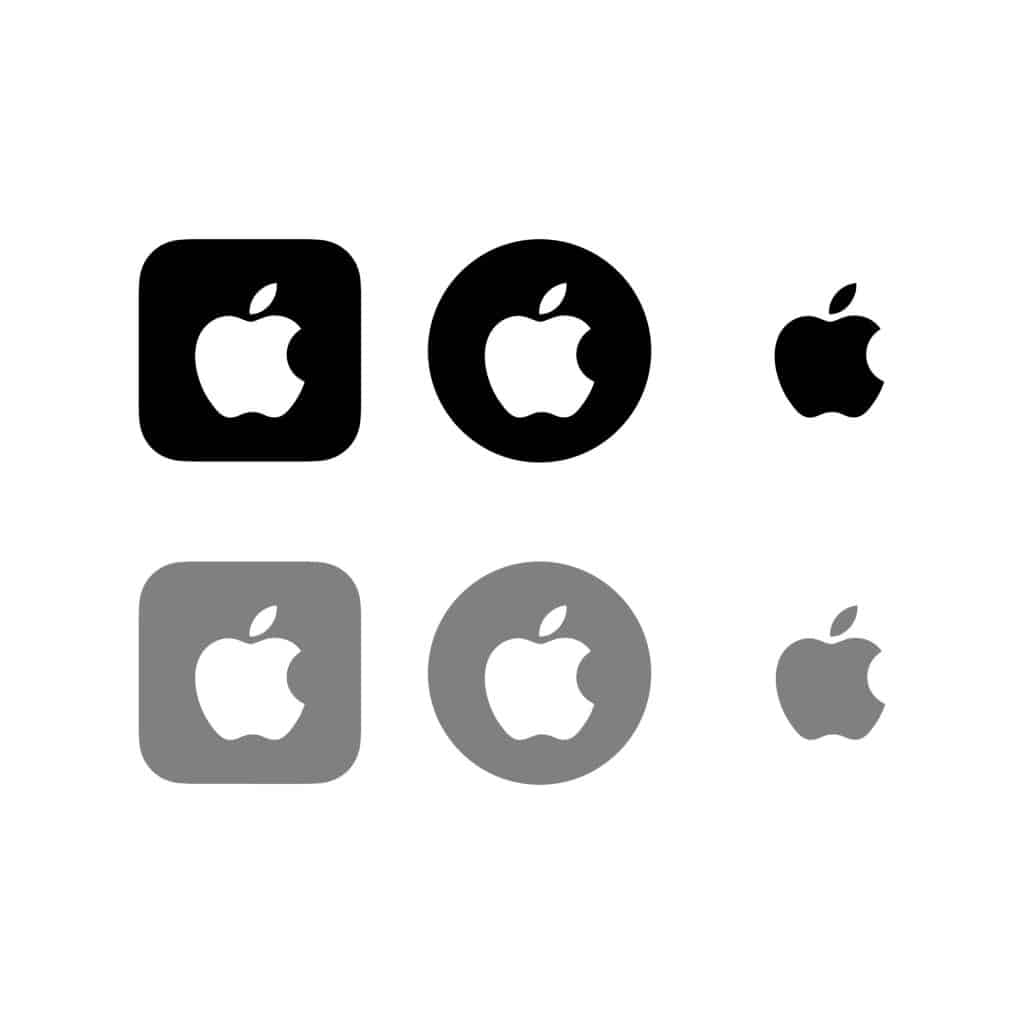As a benchmark in the global technology industry, theApple With its extreme pursuit of innovation and unique product ecology, it has become a dream career hall for countless technical people. Its interviews not only examine solid technical skills, but also focus on the candidate's ability to transform technology into user value thinking. In this article, through a real student's Apple Interviews Case study, restore the complete process of Apple software engineer interview, analyze how to stabilize the output in high-pressure scenarios.

After passing the initial screening of resumes, trainee Xiaochen was interviewed with the help of the "Dual Device Collaboration Program": the main device conducts the Zoom interview, while the secondary device displays the problem-solving framework and response strategies in real time, ensuring that the process is not interrupted, and providing immediate support for thinking.
Round 1 Technical: Coding
The interviewer throws out the algorithm question, "Given an array of integers in non-decreasing order Numsthat returns a new array whose elements squared are still in non-decreasing order."
Xiaochen initially thought of post-square sorting (O(n log n)), and the team immediately pushed the idea of "double pointer method": using the original array ordering, traversing from the two ends to the middle, and filling in the reverse direction, to reach O(n) complexity.
int* sortedSquares(int* nums, int numsSize, int* returnSize) {
int left = 0, right = numsSize - 1;
int* res = malloc(numsSize * sizeof(int));
* returnSize = numsSize.
for (int i = numsSize - 1; i >= 0; i--) {
if (abs(nums[left]) < abs(nums[right])) {
res[i] = nums[right] * nums[right].
right--;
} else {
res[i] = nums[left] * nums[left];
left++;
}
}
return res; }
}With the help of hints, Chen presented the optimal solution and its performance advantages completely, which was recognized by the interviewer.
Second round of system design: health data synchronization
The interviewer was asked to design a real-time synchronization system for health data (heart rate, exercise track) that supports millions of users, with Apple privacy and multi-device collaboration.
The team quickly pushed the three main points:
- Consumption of resources:WatchOS background tasks are limited and need to be batch processed while charging to avoid frequent waking.
- Privacy Compliance:With HealthKit authorization, transmissions are encrypted end-to-end and users can revoke access at any time.
- Multi-device operation:With iCloud sync, local Bluetooth sync is prioritized in most cases, with offline staging and bulk push when connected.
Accordingly, Chen built a multi-tier synchronization architecture based on HealthKit + iCloud, and the interviewer nodded repeatedly.
Round 3 BQ interview: Values Assessment
The examiner asked about past experiences in driving technology to the ground. Chen used the STAR method, combining the two core elements of Apple's corporate culture, "innovation" and "teamwork," to present the project's progress in a clear and organized manner.
In the end, Chen successfully took the Apple Offer.
Apple interviews on the horizon? Programhelp is here to help!
Our real-time mindset calibration service helps candidates think in three dimensions - technology + product + culture - in a stable, high-pressure environment. Solid technology is only the foundation, but the thinking that turns technology into user value is the key to breaking through Apple's interview barriers.
If you want to look your best in your Apple interview, too, feel free to contact us, access to customized assistance programs.


